About The Ultimatum
Most relationship reality shows revolve around forming new couples or putting old ones to the test. What makes The Ultimatum: Queer Love stand out is that it focuses on something entirely different: the breakdown of relationships.
A spin-off of The Ultimatum: Marry or Move On, the heterosexual version of the show, Queer Love has attracted significantly higher viewership. Why? Let’s just say the LGBTQIA+ world can bring even more drama when it comes to marriage, relationships, betrayal, and everything that comes with them. But let’s start from the beginning:
The Format
Six couples. One partner feels ready for marriage and is so certain about it that they give their partner an ultimatum. The other partner, for their own reasons, is not ready to marry.
On the show, each couple “breaks up” and begins dating other women in the same situation. Over two weeks, the women go on dates with potential new partners and must choose one for an “experimental marriage.”
Yes, that’s right. You bring your girlfriend on the show, break up, and then she marries someone else. Once the experimental marriages are set, each new couple lives together for one month as if they were married, usually cutting off contact with their original partners.
After the first month, the women return to their original partners and go through a second one-month “marriage.” At the end of it all, each woman must decide whether to marry the partner they arrived with, commit to someone they met during the show, or leave single.
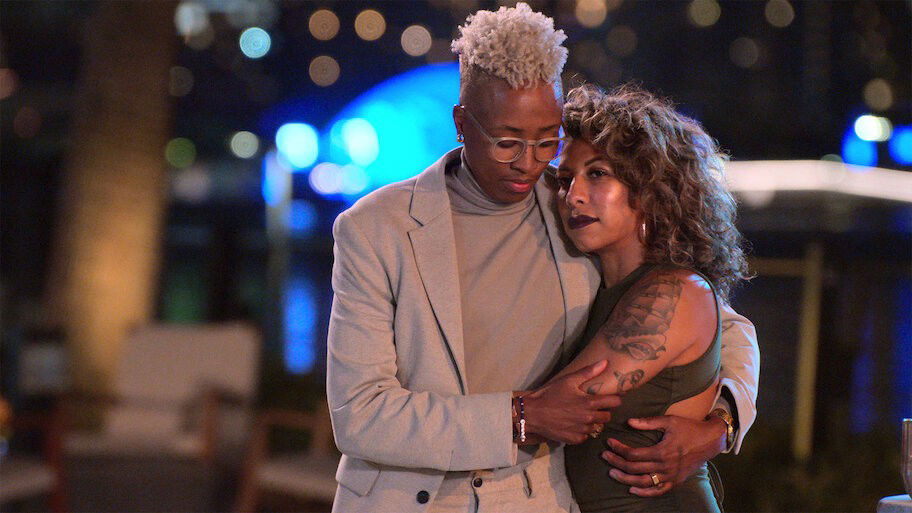
The Psychology of the Ultimatum
The format, though it may seem simple, is built on a complex psychological foundation. The initial ultimatum is not just a marriage proposal but a trigger for anxiety and insecurity that forces a partner to confront their fears and doubts.
Instead of working through these issues in private, the show magnifies them by placing couples in a competitive and tempting environment where validation comes from the attention of others.
The idea of “finding a new partner” and living in “experimental marriages” functions like a form of shock therapy. Contestants are forced to face the possibility of losing their partners while exploring new connections. This dynamic creates a whirlwind of emotions: jealousy, longing, passion, and even the discovery of unexpected compatibilities.
The show not only tests relationships but also challenges the emotional resilience of each participant. This is where the line between entertainment and social experiment becomes blurred, as the series profits from the drama of real relationships under extreme pressure. Every new interaction questions the participants’ initial certainty, exposing vulnerabilities and often reshaping what they are truly seeking in love.
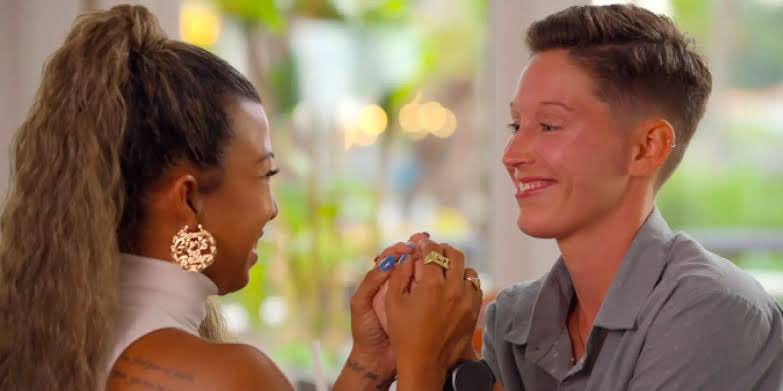
How the Drama Unfolds
It is easy to see that the show is filled with conflict in every form. Its very premise sets the stage for explosive drama between women torn between marriage, hesitation, and heartbreak.
The conflicts range from program-related questions, like whether long-term goals align or what marriage means to each partner, to broader debates about what counts as betrayal, intimacy, or trust in a modern queer relationship. The drama raises questions that, honestly, do not even need answers to keep viewers hooked.
The spectacle of arguments, breakups, and chaos is entertaining in itself. But it raises the question: how much are we reflecting critically on what this all means, and how much are we simply enjoying the tragic unraveling of relationships that may have been destined to fail?
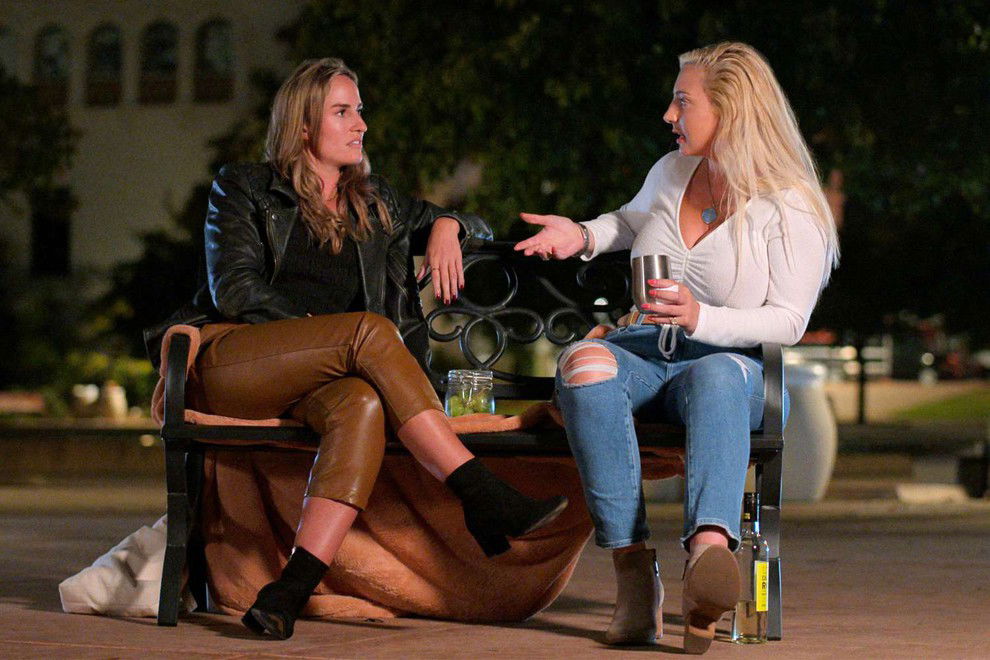
The Social Experiment
In any serious relationship, there is more at stake than affection. It is about planning and building a future together. When couples cannot align on this, they hit roadblocks, and unresolved roadblocks often lead to failure.
When the impasse is as significant as marriage and the future itself, failure becomes almost inevitable. Whether out of denial or desperation, each of these women signed up for the show, willing to put their efforts to save already fragile relationships on display.
In theory, the experiment makes sense. But when the entertainment value of chaos is placed above the real emotions of women with dreams and hopes on the line, the show’s message about love and relationships becomes questionable. At times, it even comes across as unintentionally anti-monogamy.
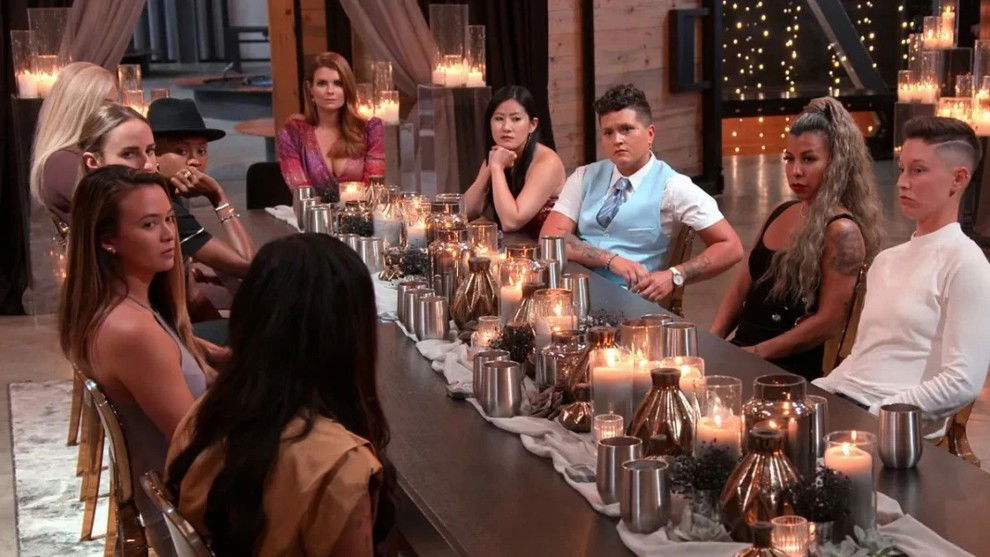
Learning From Mistakes?
At the end of each season, a reunion episode airs months later. By then, the women have watched the edited season and reflect on their experiences.
Even with a success rate of less than 25% per season, many describe the show as a meaningful learning experience. Reunion episodes are full of heated debates, since most participants call the journey “transformative.”
Of course, reunions also bring fresh drama, fueled by revelations of lies, omissions, betrayals, or the uncomfortable truth of what their partner did while “married” to someone else’s girlfriend.
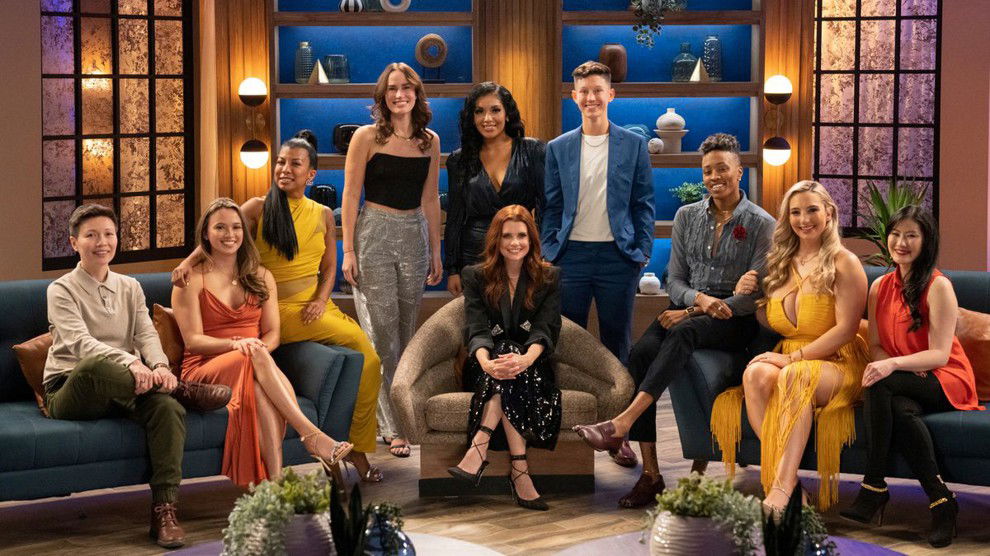
Conclusion
The Ultimatum: Queer Love is pure chaos, but in the most entertaining way possible.
It sparks important conversations about relationships, expectations, and how people navigate love.
At the same time, it is undeniably high-quality entertainment. If you want drama, fights, betrayal, ultimatums, lies, and all of it wrapped in queer romance, The Ultimatum: Queer Love is the perfect weekend binge.
Once you watch it, let us know what you think. Which couple did you root for? Which one disappointed you the most?









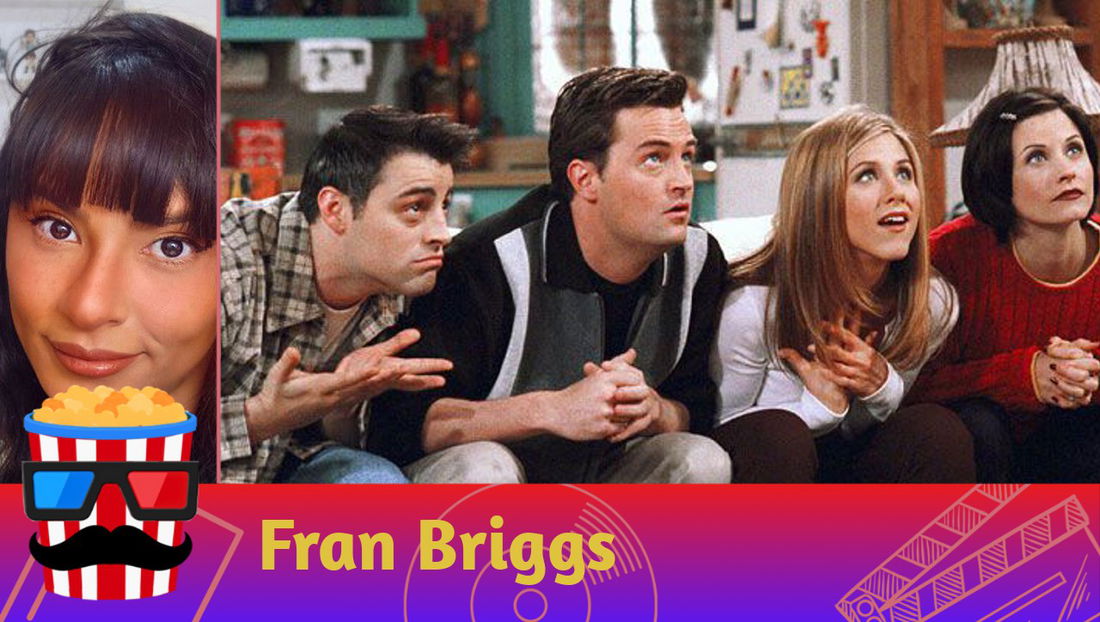



— Comments 0
, Reactions 1
Be the first to comment